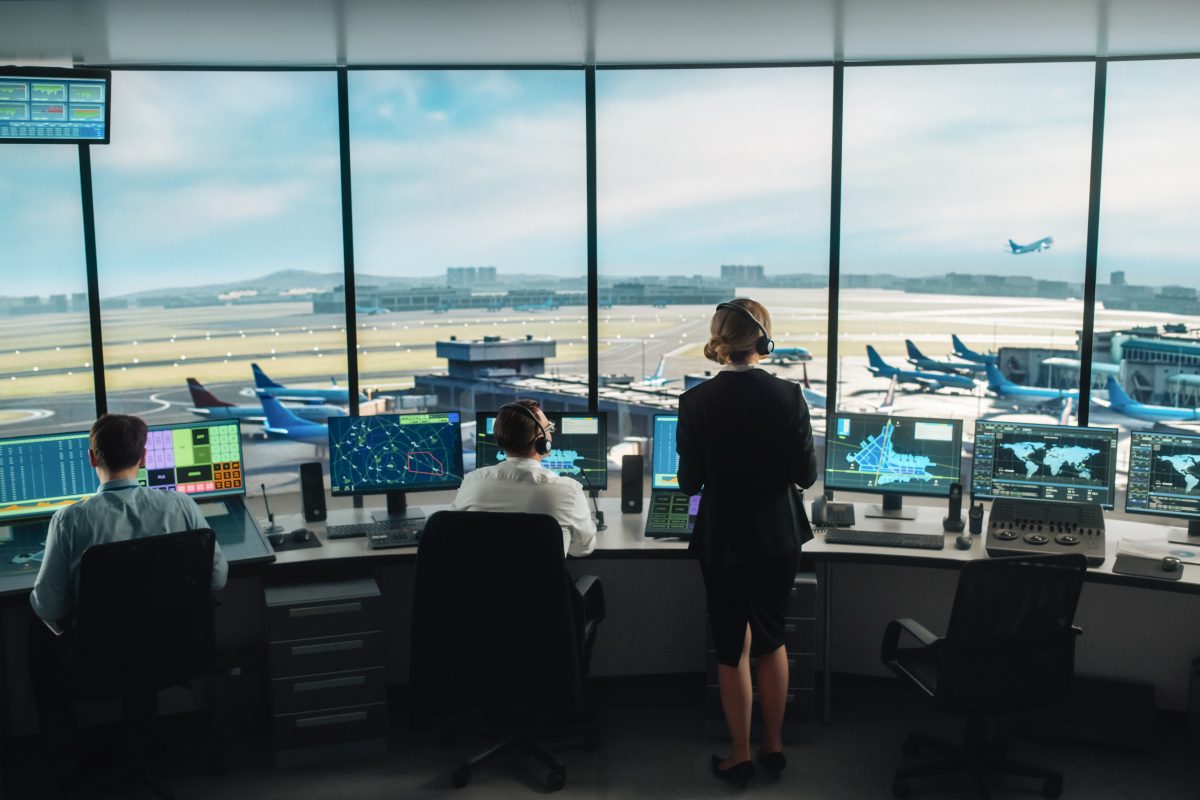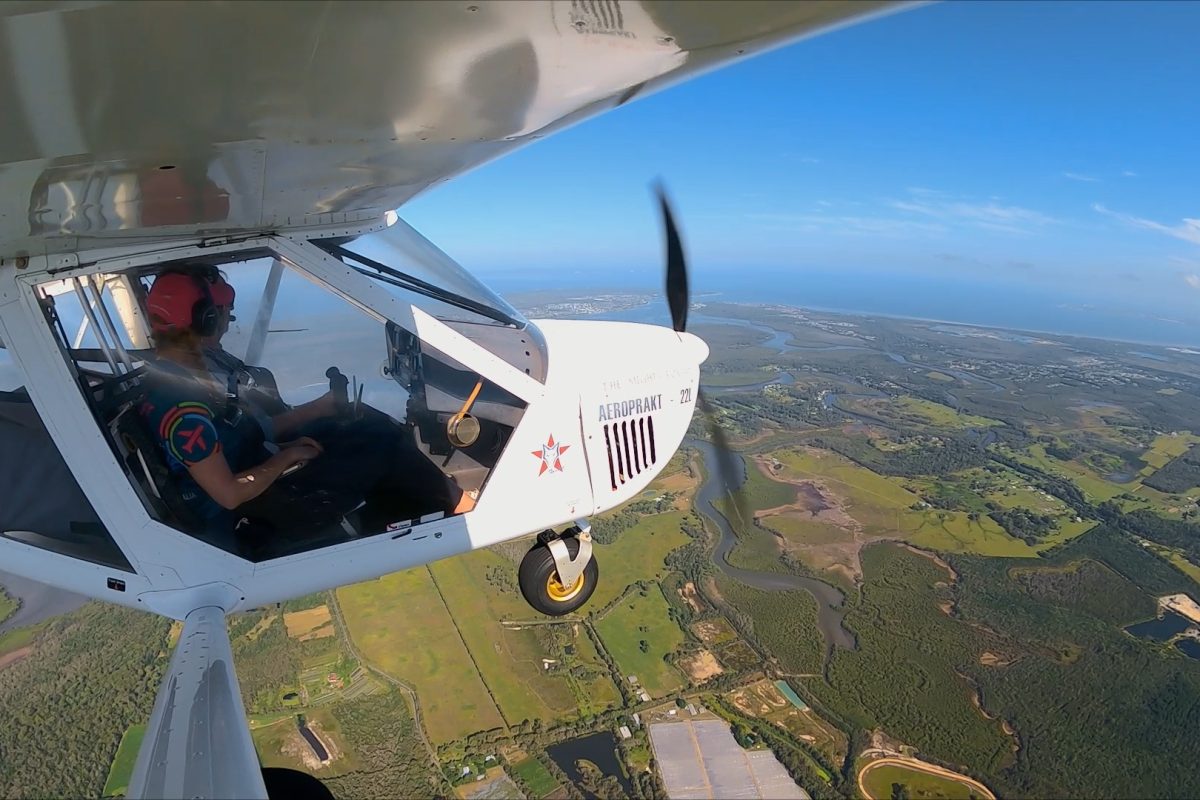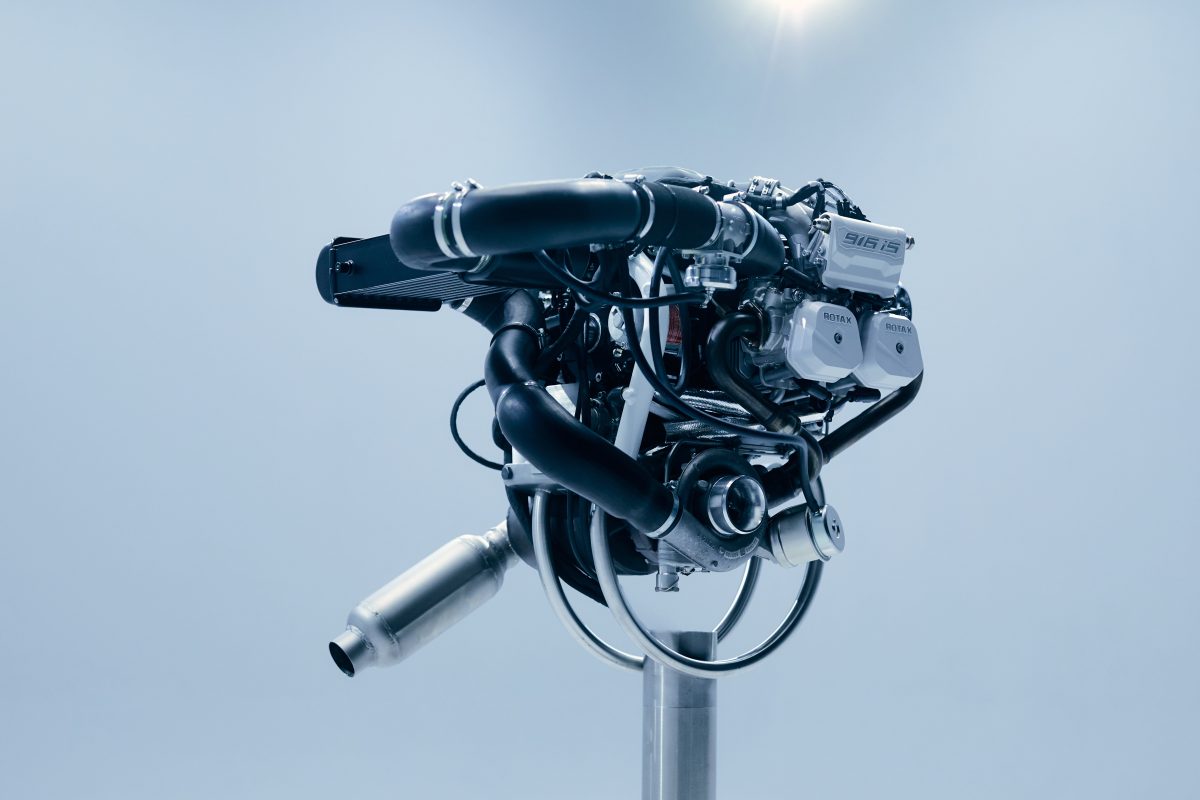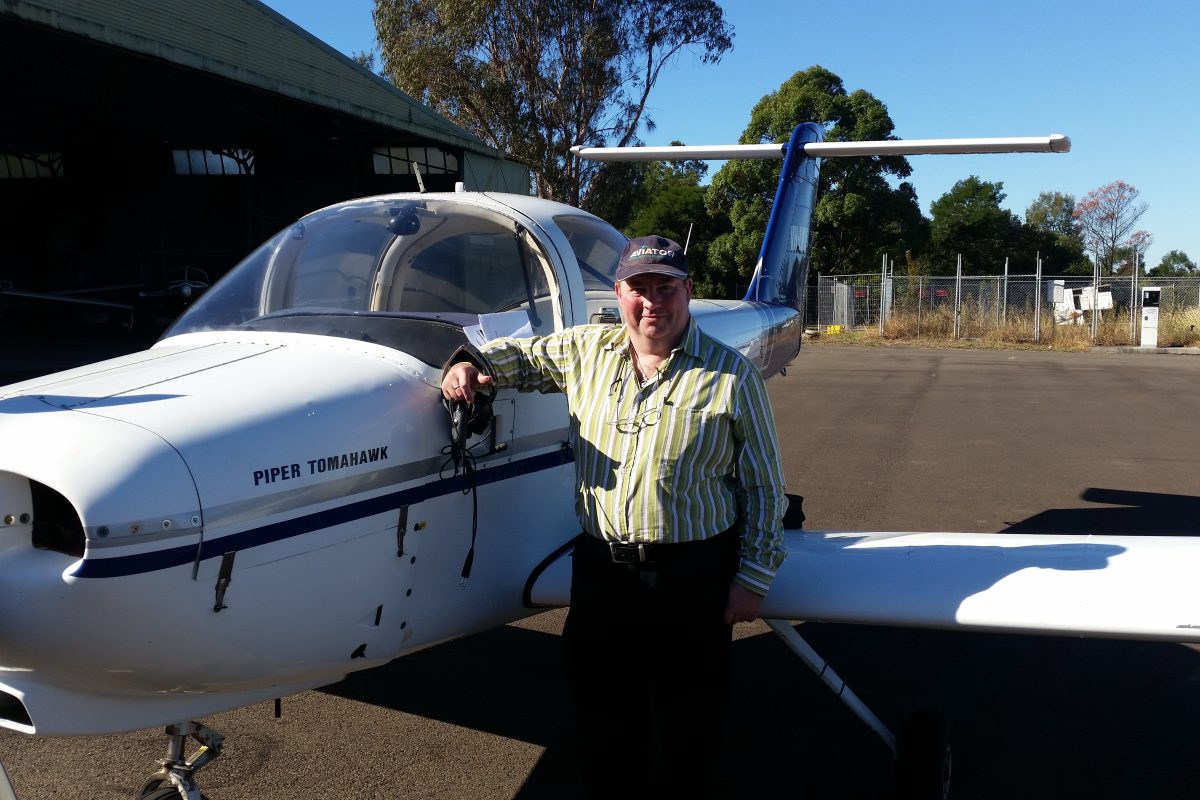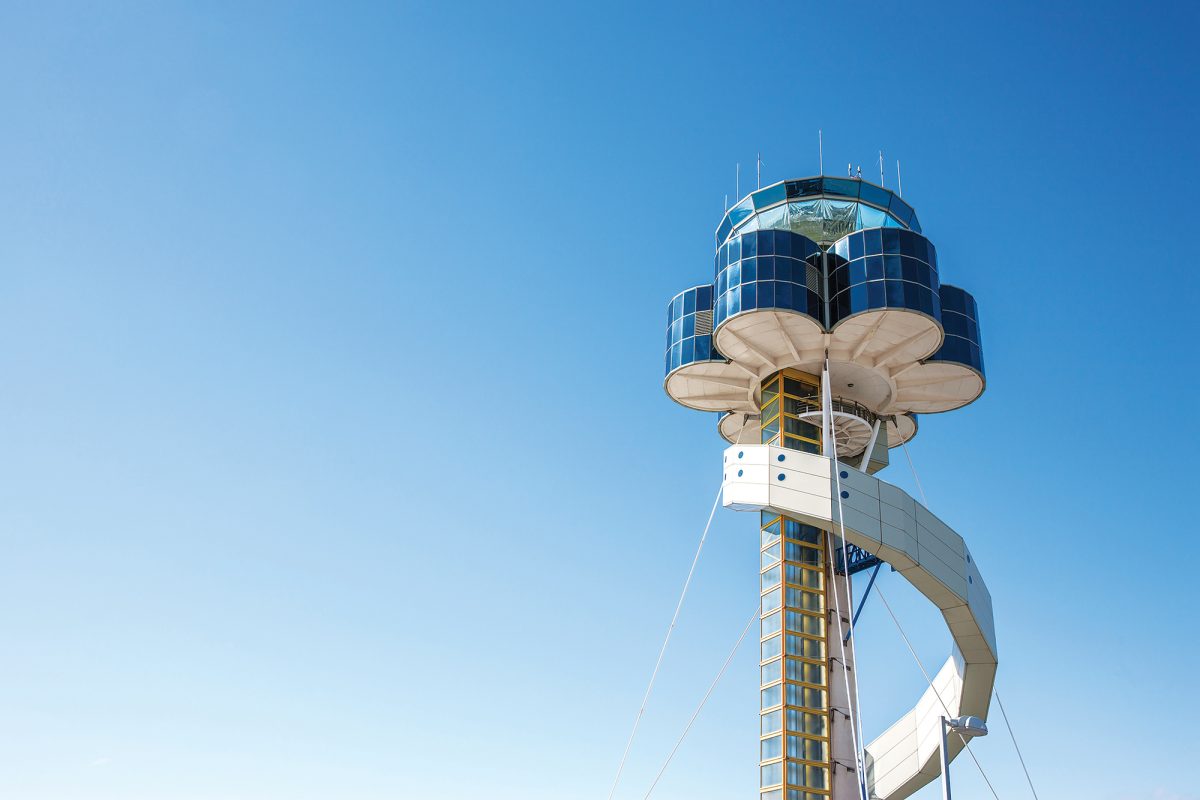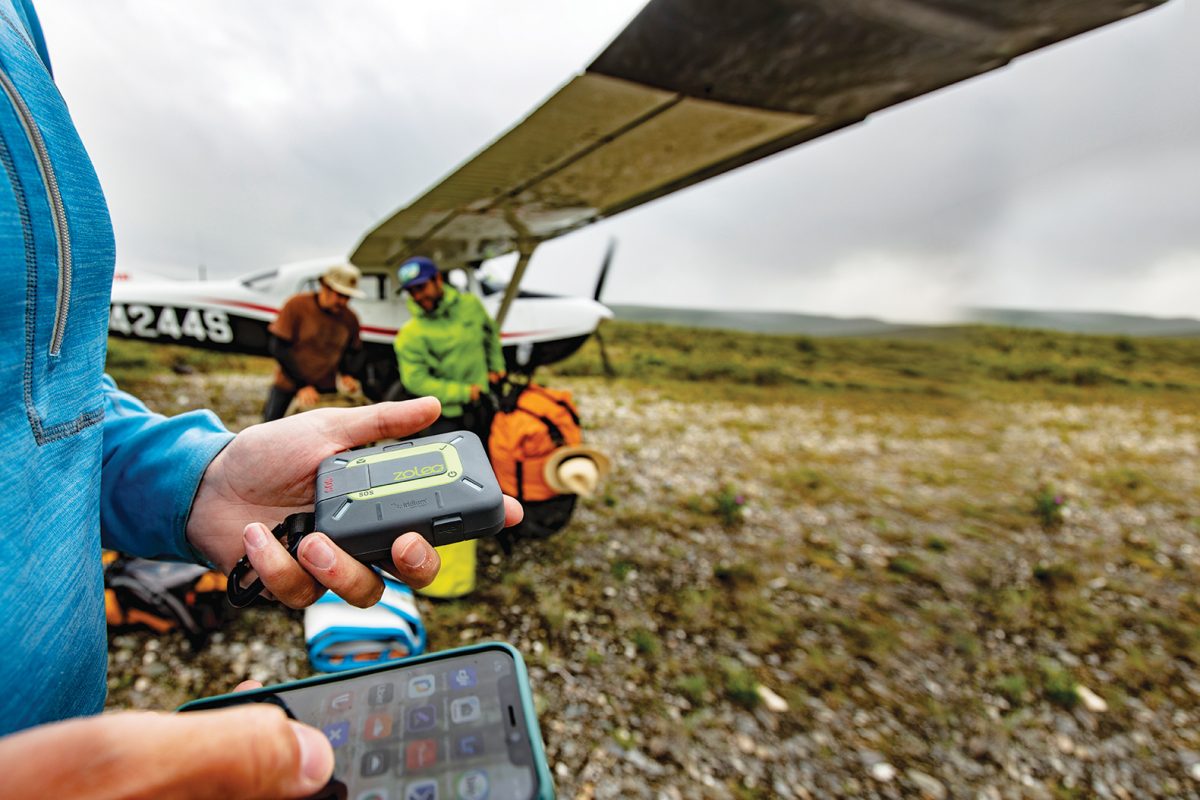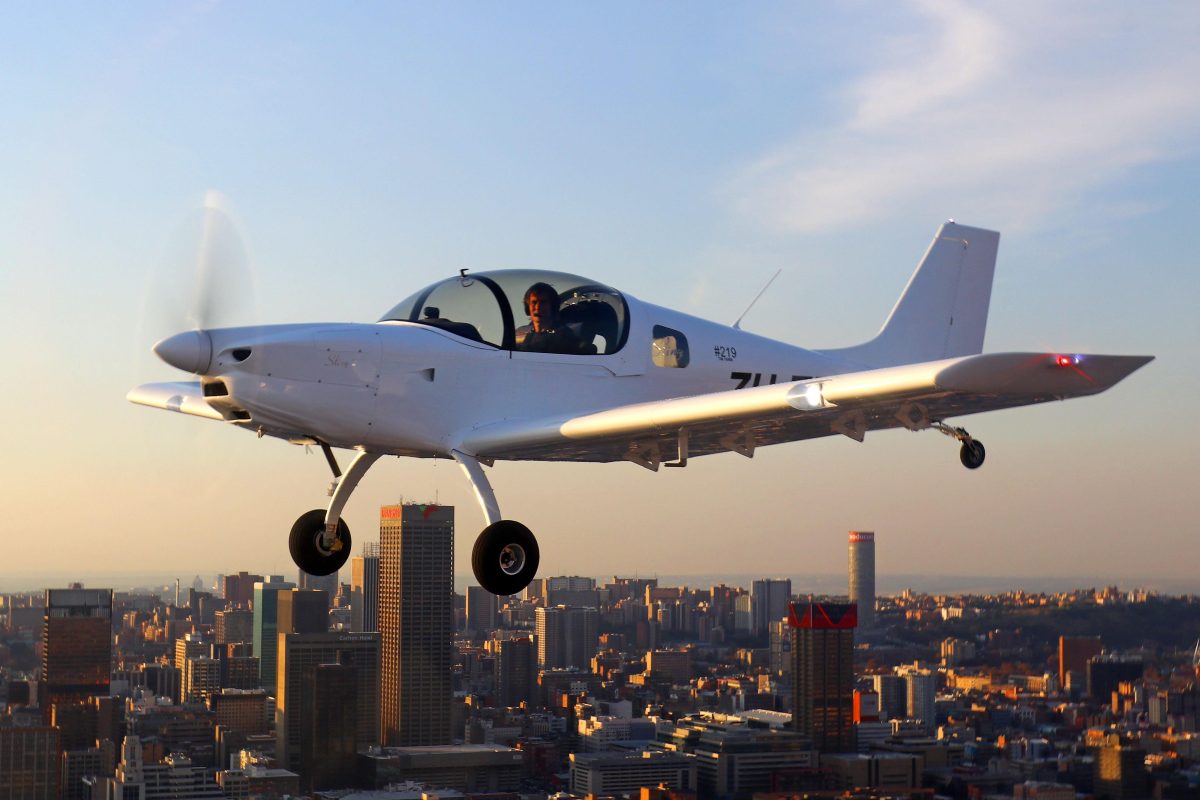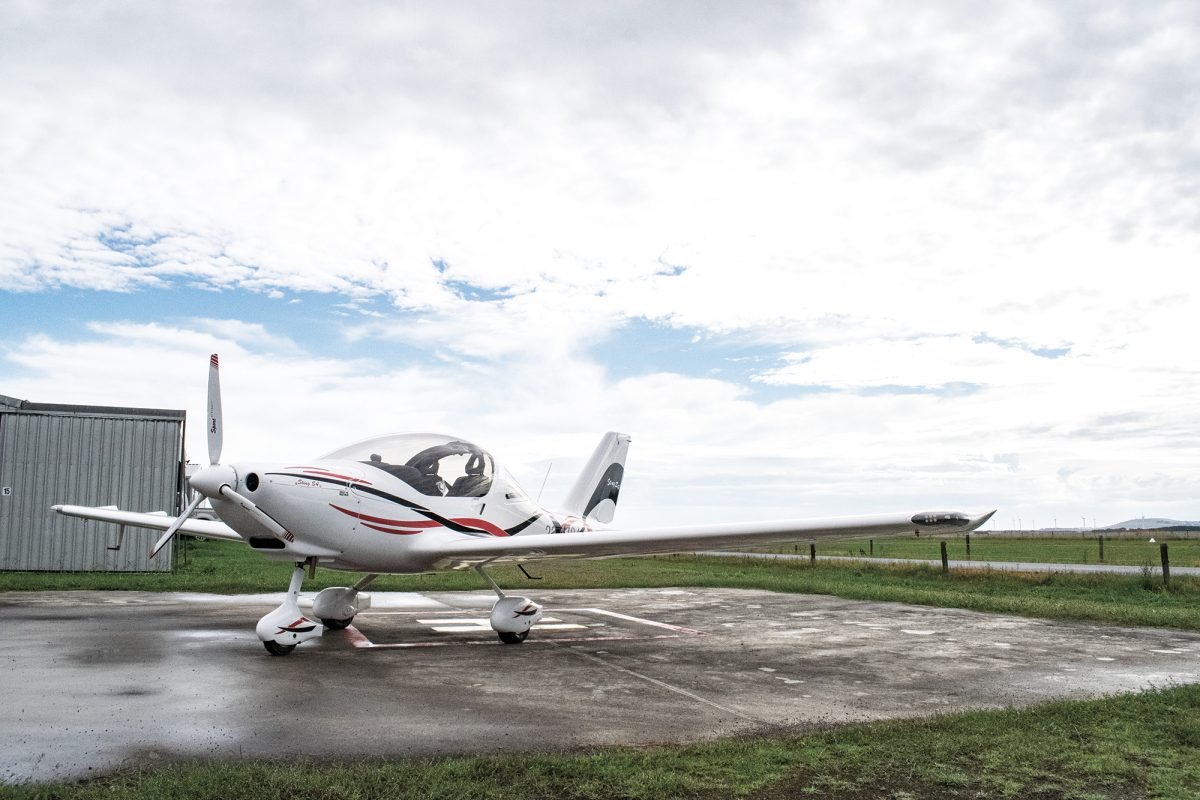EVER WONDERED WHAT ITS LIKE TO FLY A SEAPLANE? SO DID WE.
NICHOLAS HEATH GETS HIS FEET WET DOWN THE SHALLOW END.
Planes are fun. Boats are fun. Why not combine them and have twice as much fun? My only experience of seaplanes was a single flight in the Fiji Islands on a beaver float plane. Good fun, but you’re well removed from the water and someone else was flying it. The dream for most of us is to be able to cruise the waterways, dropping in on crystal clear waters and parking on the sand for a spot of lunch and some fishing.
How do you become a seaplane pilot? David Geers is the president of the Seaplane Pilots Association of Australia. I asked him about his path in to Seaplanes. “When I was young, I travelled around Australia by car. After that I thought I would never do it that way again. So, my dream was to become a seaplane pilot, buy a seaplane and fly it around Australia. Which is what I eventually did.”
Flying a seaplane isn’t quite the same as a traditional aircraft. In the air, everything is pretty much standard. It’s the take-offs and landing that provide the challenge. Who would have thought that you would be considering tide flows, boat traffic and channel markers as part of your pre-landing checks? According to David ‘I like to do several passes over an unfamiliar landing site. The first is to check for power lines and traffic – then a lower pass for posts or sand bars”. That’s the sort of thing that you don’t normally need to worry about at an airport. In a seaplane you also need to think about the fact that you don’t have brakes and if the wind is blowing or the water is moving, so will you. So, why a seaplane? Unlike say Canada, which has thousands of lakes, Australia is drier. So, a lot less lakes. What we do have is thousands and thousands of miles of coastline, waterways and inlets – ideal for seaplane activities.
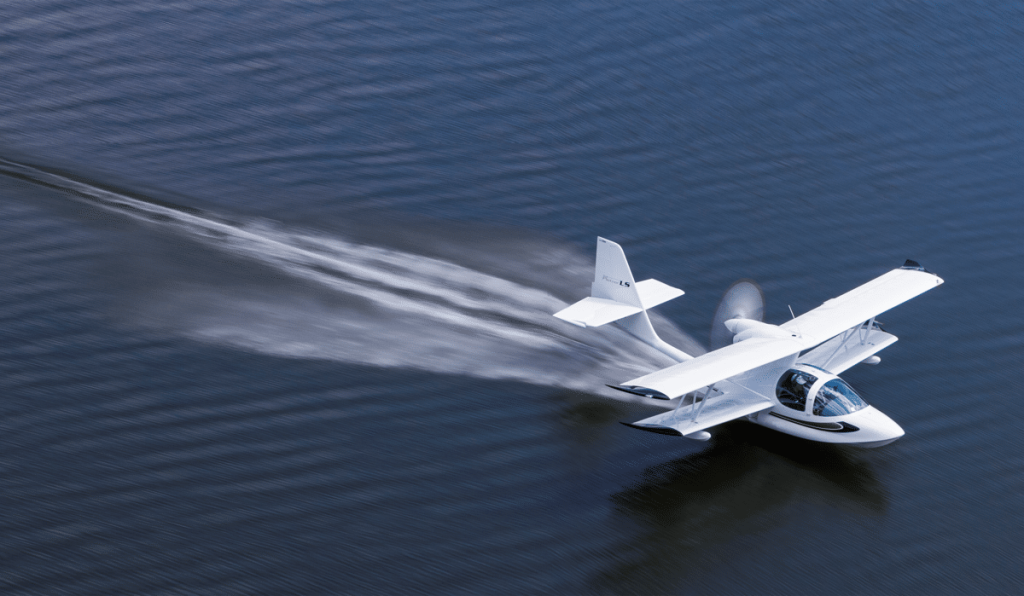
The most popular seaplane in Australia is the SeaRey. There’s over 500 flying around the world and more than 40 in Australia. It’s a two-seater, using your choice of Rotax engines – but typically a 912, with a fabric covered wing. The body was traditionally fibreglass, but you can now get a carbon fibre version too. That gives you a hundred horsepower, a cruising speed around 90 knots at 20 litres an hour. The SeaRey is amphibious – it floats and it has retractable wheels for land based operations. In 2015, a fella named Michael Smith flew a SeaRey right around the globe, setting the record for small seaplanes while he did it. So, they have some runs on the board. A new SeaRey might cost you from $140k, but there are plenty of used ones popping up from half that.
At the other end of the spectrum is the IconA5 – one of a new breed of seaplanes. While it is sold in the LSA category, with our 650kg current limit for RAAus seaplanes in Australia (you get an extra 50kg in the amphibious category) that is only a 145 Kg useful load by my calculation. Bring on the category weight increase! Then there’s the price. A fully optioned unit will run to $360,000 USD. That’s well north of half a million in Aussie dollars. But you can’t help admire the thing. From its sleek lines to its folding wings. I remember when Cirrus launched the SR22 and we all thought “no-one will pay that” and now they are the dominant selling light-single. I suspect the Icon A5 is showing us the future. It certainly looks futuristic. The auto like interior, the folding wings, the clean lines all show a well thought out design. They will even sell you a custom trailer, so you can fold the wings up and tow it home. According to Jerry Meyer, Marketing Director of Icon Aircraft “We’re extremely proud of what we’ve built with the A5, but this is just the beginning of ICON’s journey to revolutionize and grow adventure flying”.
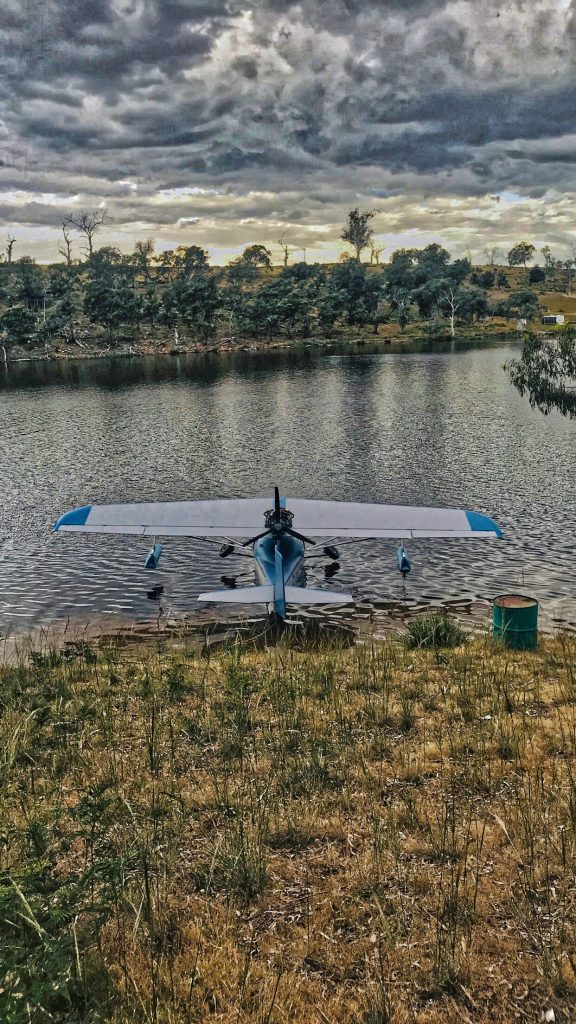
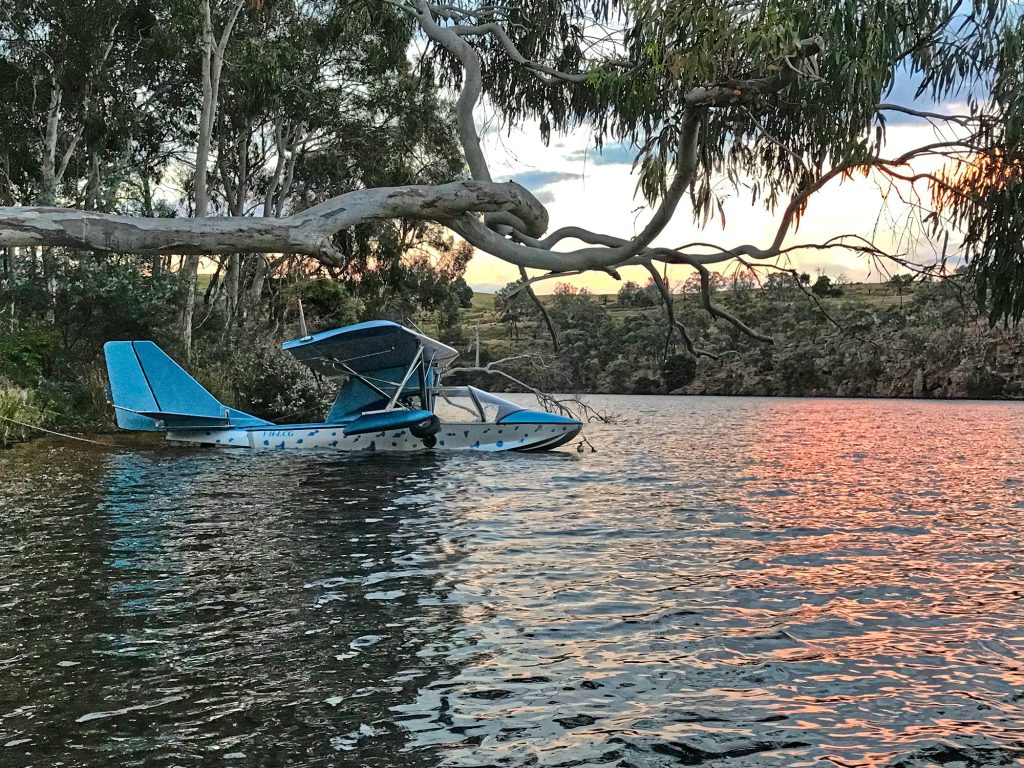
Somewhere between the two lies the Super Petrel. This Brazilian aircraft is unusual in being a biplane. Like the other aircraft here, it’s using a Rotax engine. It has a surprisingly high useable load and cruises around 95 knots. It’s other claim to fame is that you can land it wheels down in water and other than a very rapid stop, nothing happens. There’s even a video of someone doing it on their Facebook page. I think it would scare the hell out of you. Still, a lot of seaplane accidents happen because people have the wheels down for water landing. So, this is a good safety feature. There’s something very attractive about the biplane/pusher configuration. It makes for a very short wing span, which could be good for navigating obstacles and avoiding dipping a wing tip on taxi.
Kyle Gardner built and has flown over a hundred and fifty hours in a SeaRey around his home base in Tasmania. I asked Kyle about the differences in flying a seaplane to a traditional Landplane and Kyle explained “flying a seaplane is all about attitude. When you take off, yes you firewall the throttle like a traditional plane, but you pull full back on the stick to get the nose up and try to get the aircraft out of the hole. As you come up on the plane, you need to establish the correct attitude again. Too far back and you’ll dig in. Too far forward and you can bury the nose and end up on your head. Landing is the same. After flare just gently touch the water, then hold that altitude all the way until you are back to being a boat again.” For anyone who has flown a tail wheel aircraft, that need to manage the aircraft carefully during all aspects of landing and take-off will be familiar. Once back on the water, you’re basically a water craft and subject to the law and environment around you.
Another thing to consider when operating a seaplane is maintenance. Water, particularly salt water, isn’t your airframe and engines friend. Builders like Kyle can reduce the risk of corrosion by applying corrosionprevention as they build the aircraft. Obviously, inspections are going to have to be thorough for signs of corrosion. Like any corrosion, once you find it, you need to deal with it.
Australia has over 25,000 kilometres of coastline. If you include the islands, inlets, lake, bays and rivers that number stretches to over 60,000 km. That’s a whole lot of potential territory to reach and enjoy. If you’re keen to learn more, The Australian Seaplane Pilots Association is a great place to start.
Visit www.seaplanes.org.au
